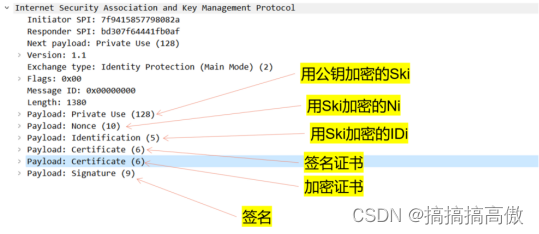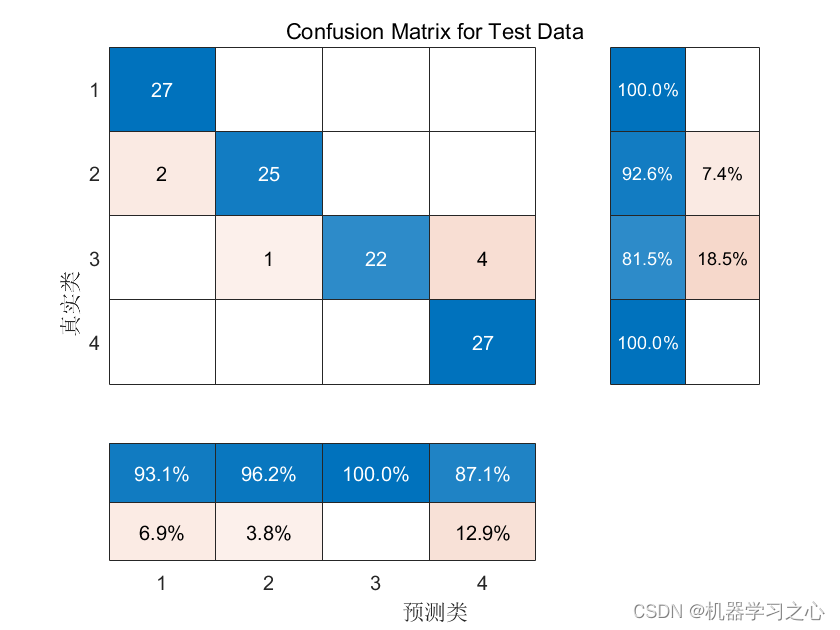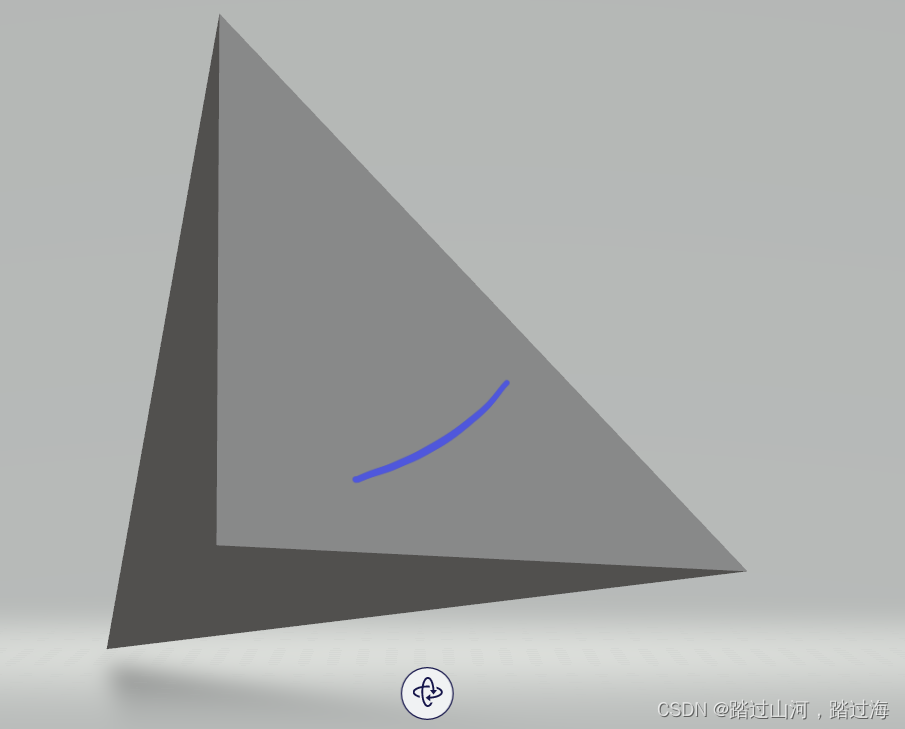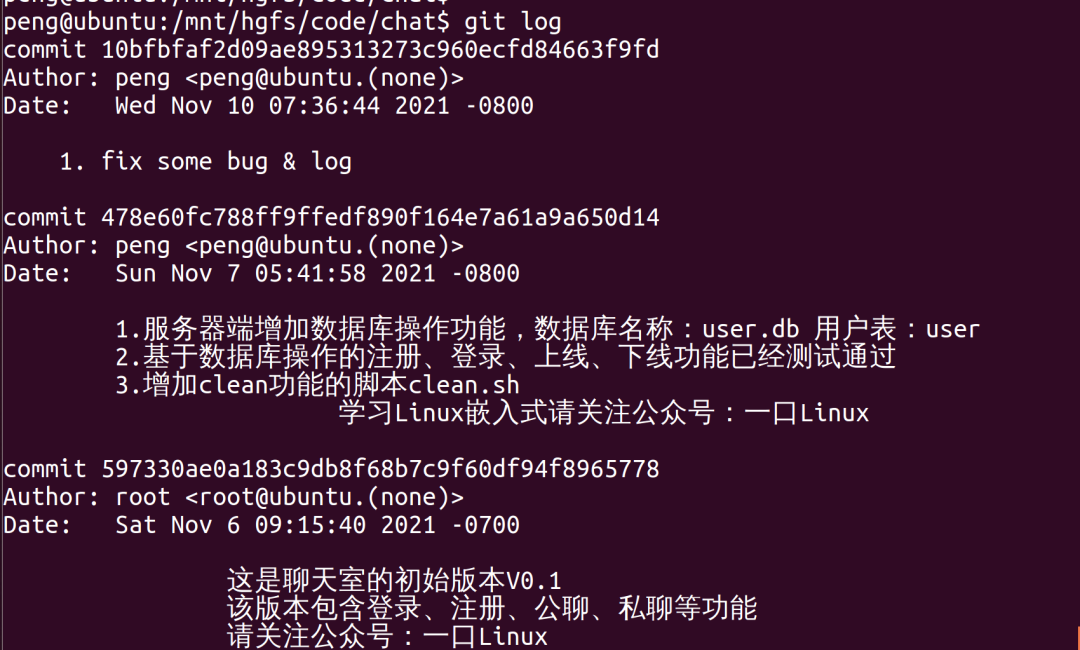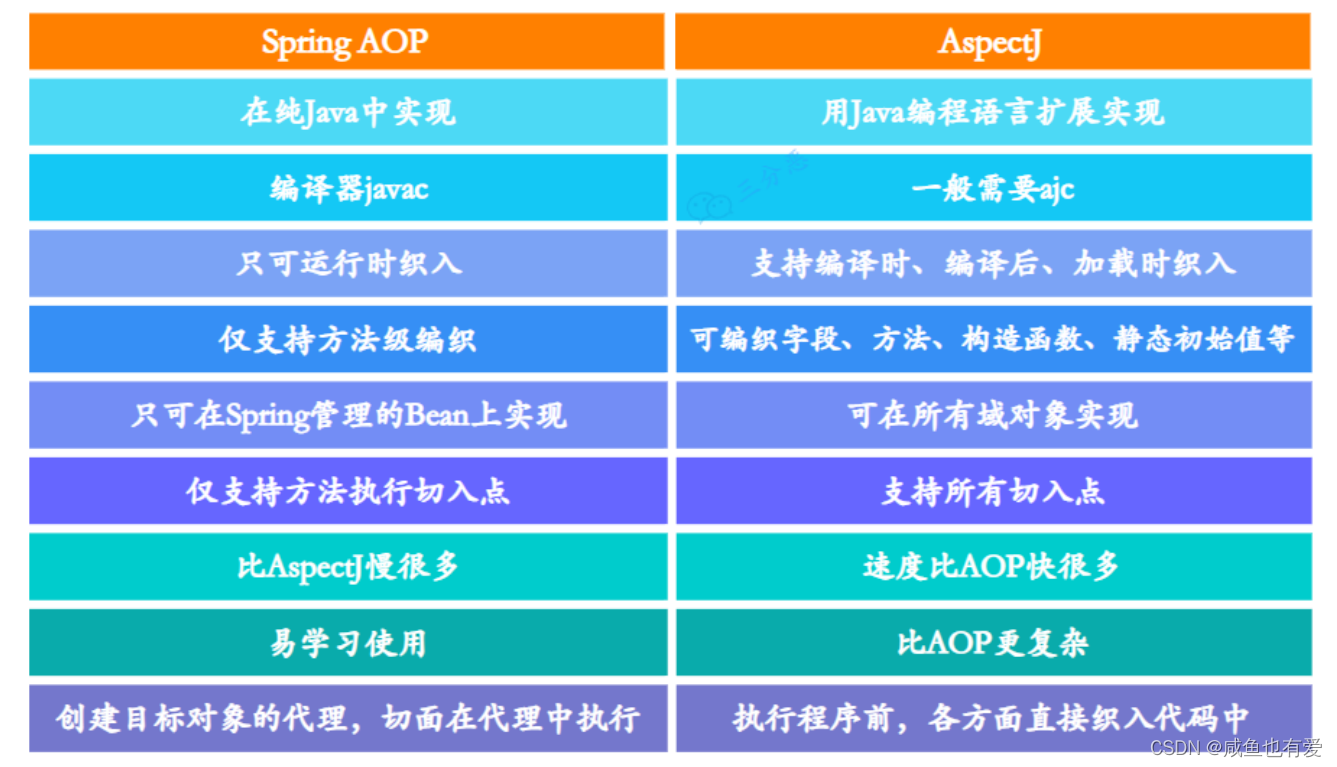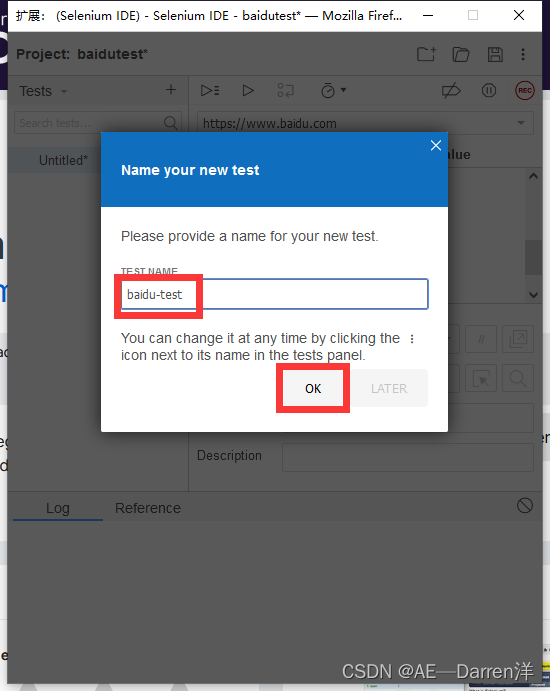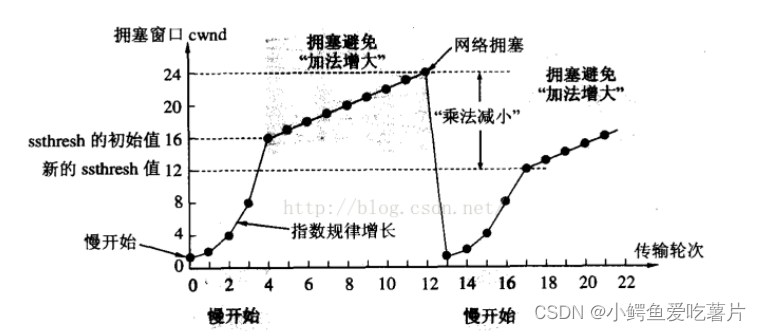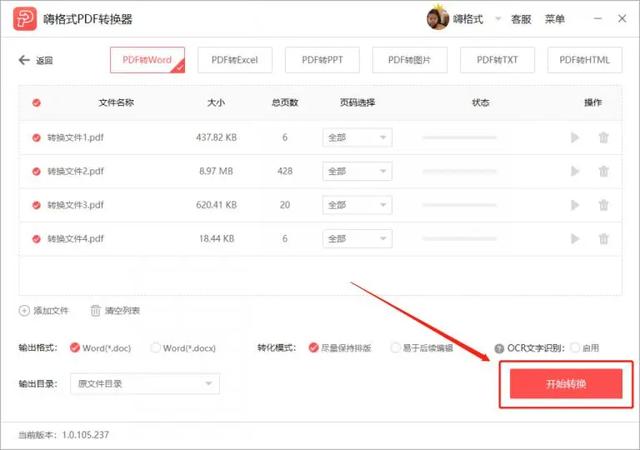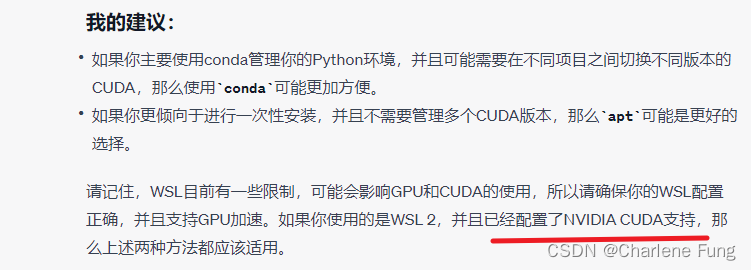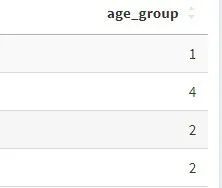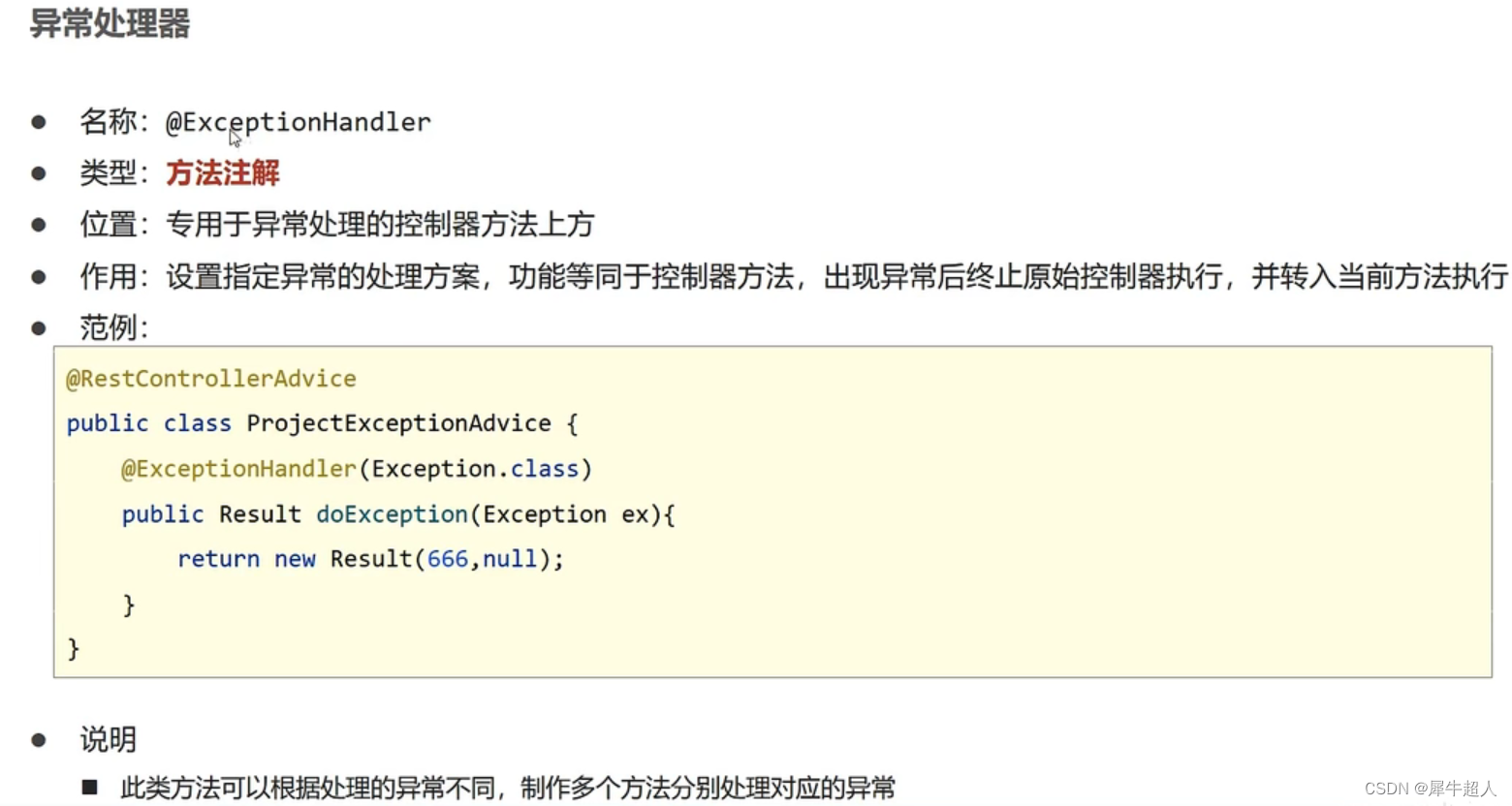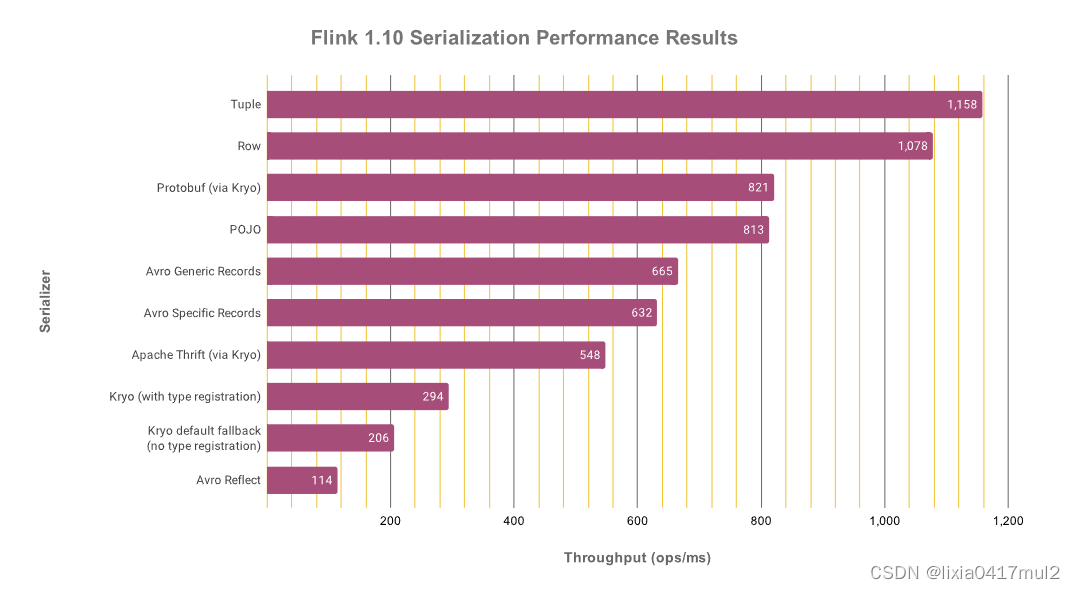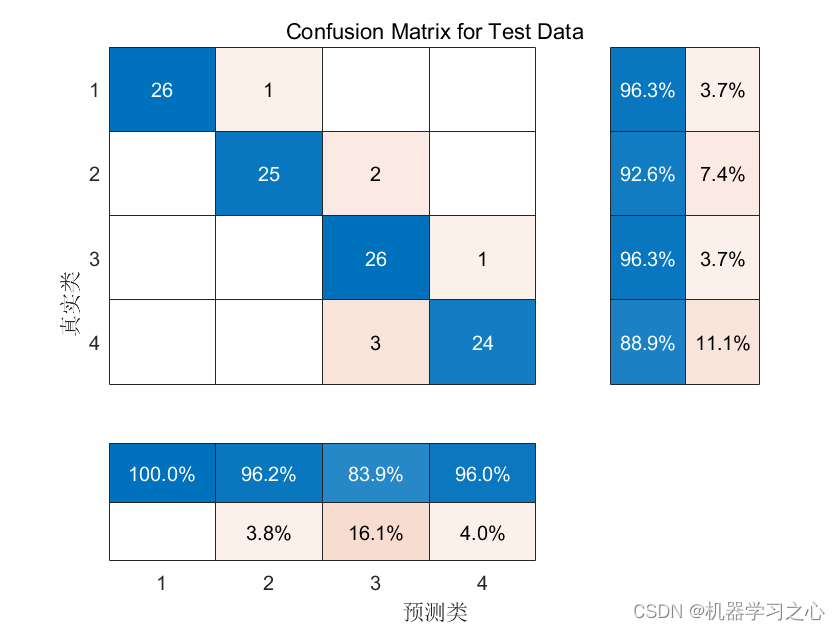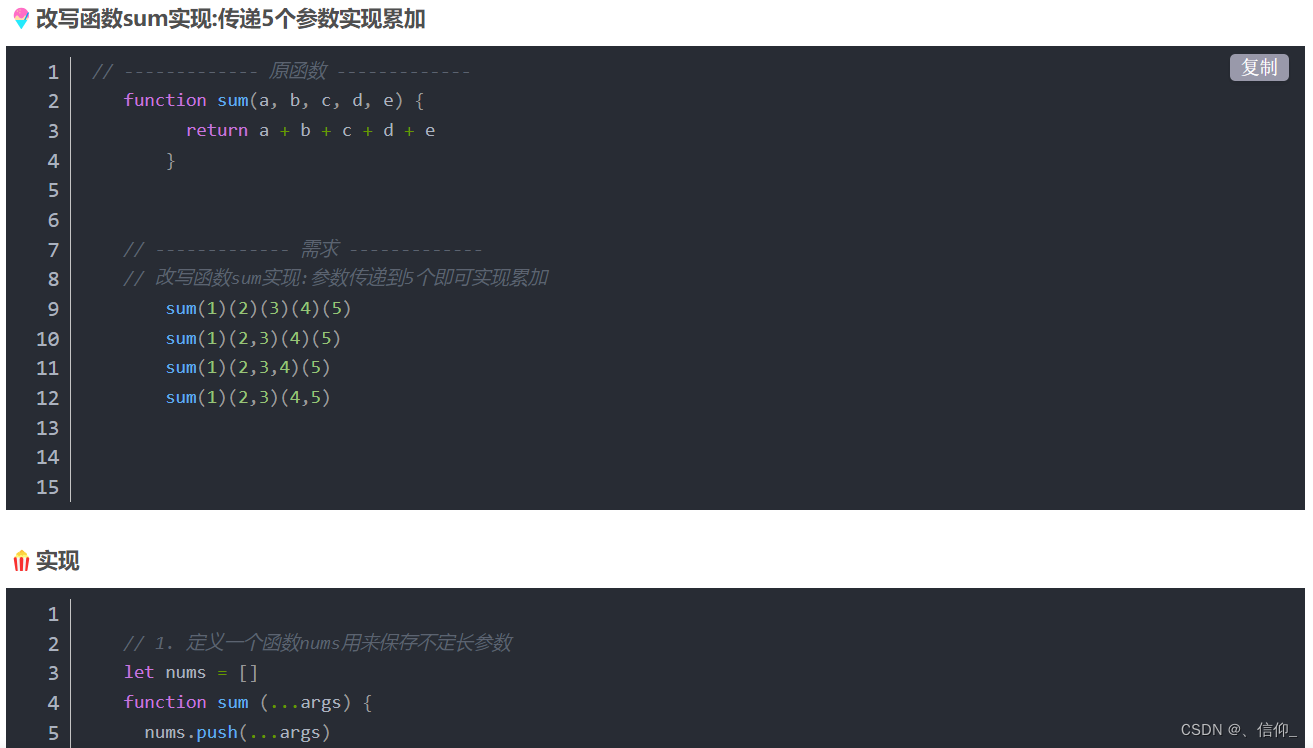在 Go 语言中,struct 是一种常见的数据类型,它可以用来表示复杂的数据结构。在 struct 中,我们可以定义多个字段,每个字段可以有不同的类型和名称。
除了这些基本信息之外,Go 还提供了 struct tags,它可以用来指定 struct 中每个字段的元信息。
在本文中,我们将探讨为什么 Go 语言中需要使用 struct tags,以及 struct tags 的使用场景和优势。
struct tags 的使用
struct tags 使用还是很广泛的,特别是在 json 序列化,或者是数据库 ORM 映射方面。
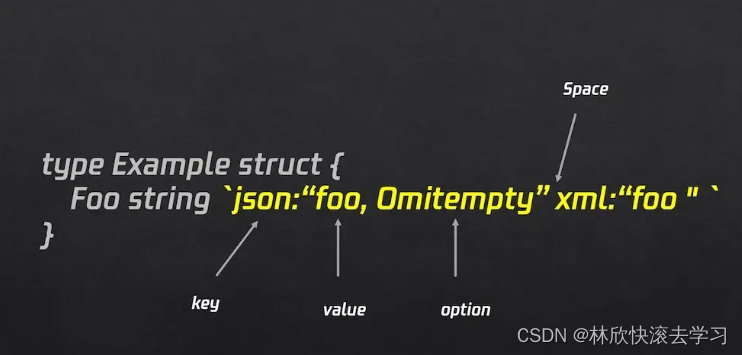
在定义上,它以 key:value 的形式出现,跟在 struct 字段后面,除此之外,还有以下几点需要注意:
使用反引号
在声明 struct tag 时,使用反引号 ` 包围 tag 的值,可以防止转义字符的影响,使 tag 更容易读取和理解。例如:
type User struct {
ID int `json:"id" db:"id"`
Name string `json:"name" db:"name"`
Email string `json:"email" db:"email"`
}
作者:yongxinz
链接:https://juejin.cn/post/7209102613345566776
来源:稀土掘金
著作权归作者所有。商业转载请联系作者获得授权,非商业转载请注明出处。
避免使用空格
在 struct tag 中,应该避免使用空格,特别是在 tag 名称和 tag 值之间。使用空格可能会导致编码或解码错误,并使代码更难以维护。例如:
// 不规范的写法
type User struct {
ID int `json: "id" db: "id"`
Name string `json: "name" db: "name"`
Email string `json: "email" db: "email"`
}
// 规范的写法
type User struct {
ID int `json:"id" db:"id"`
Name string `json:"name" db:"name"`
Email string `json:"email" db:"email"`
}
避免重复
在 struct 中,应该避免重复使用同一个 tag 名称。如果重复使用同一个 tag 名称,编译器可能会无法识别 tag,从而导致编码或解码错误。例如:
// 不规范的写法
type User struct {
ID int `json:"id" db:"id"`
Name string `json:"name" db:"name"`
Email string `json:"email" db:"name"`
}
// 规范的写法
type User struct {
ID int `json:"id" db:"id"`
Name string `json:"name" db:"name"`
Email string `json:"email" db:"email"`
}
使用标准化的 tag 名称
为了使 struct tag 更加标准化和易于维护,应该使用一些标准化的 tag 名称。
例如,对于序列化和反序列化,可以使用 json、xml、yaml 等;对于数据库操作,可以使用 db。
type User struct {
ID int `json:"id" db:"id"`
Name string `json:"name" db:"name"`
Password string `json:"-" db:"password"` // 忽略该字段
Email string `json:"email" db:"email"`
}
其中,Password 字段后面的 - 表示忽略该字段,也就是说该字段不会被序列化或反序列化。
多个 tag 值
如果一个字段需要指定多个 tag 值,可以使用 , 将多个 tag 值分隔开。例如:
type User struct {
ID int `json:"id" db:"id"`
Name string `json:"name" db:"name"`
Email string `json:"email,omitempty" db:"email,omitempty"`
}
其中 omitempty 表示如果该字段值为空,则不序列化该字段。
